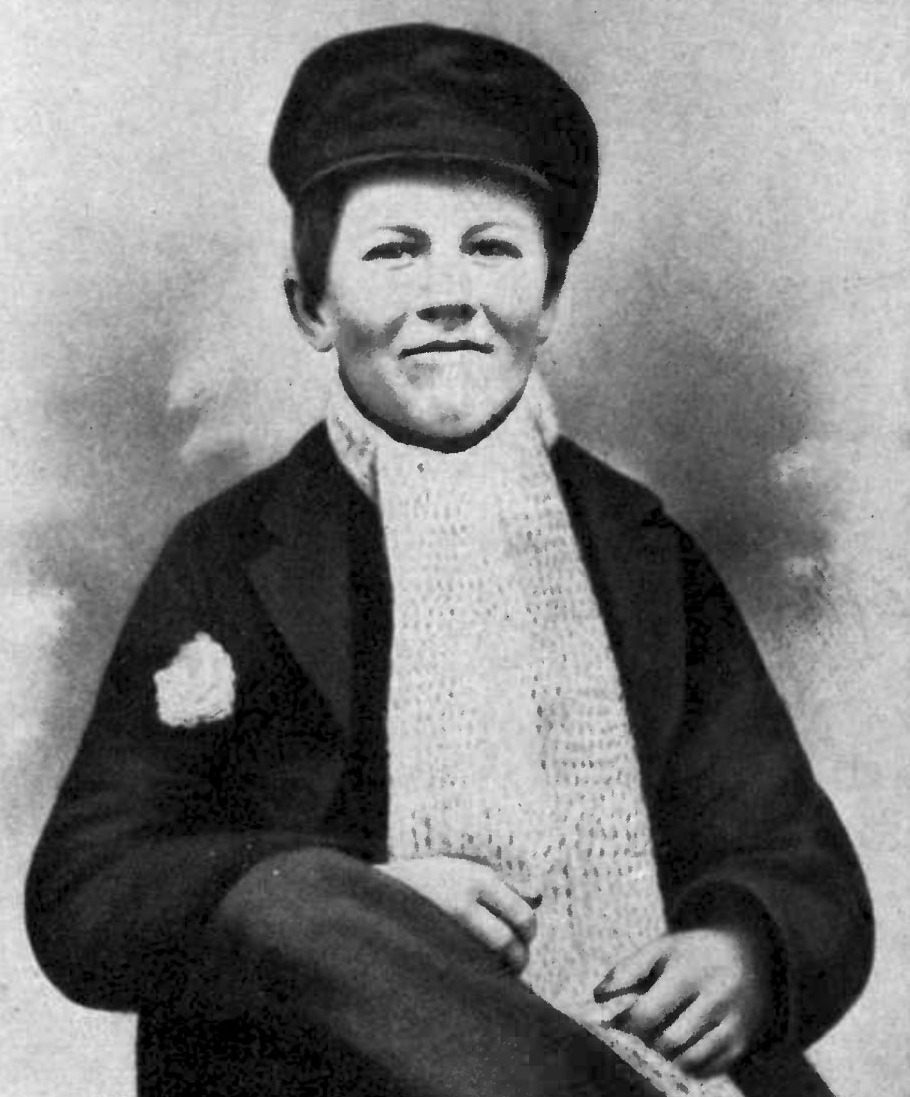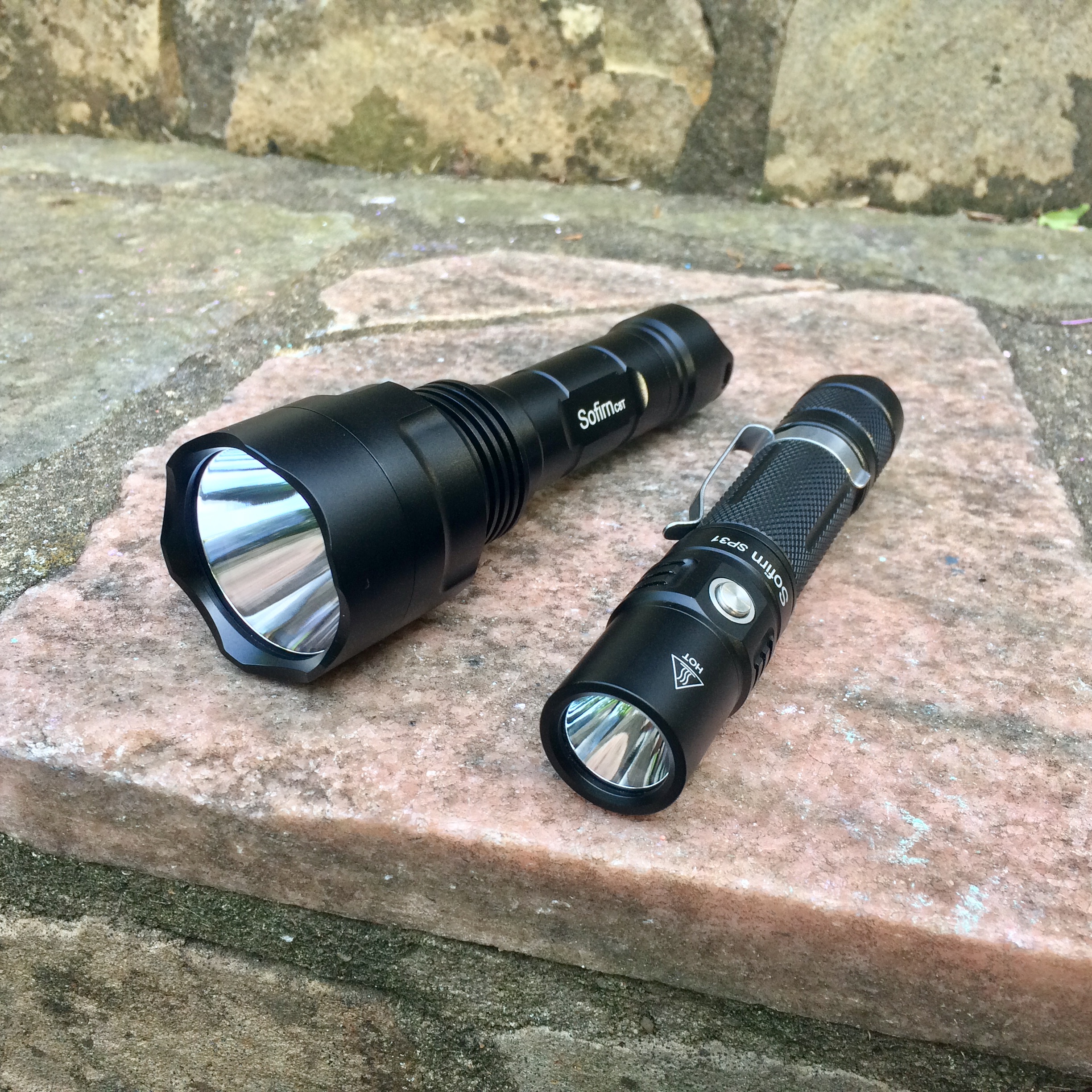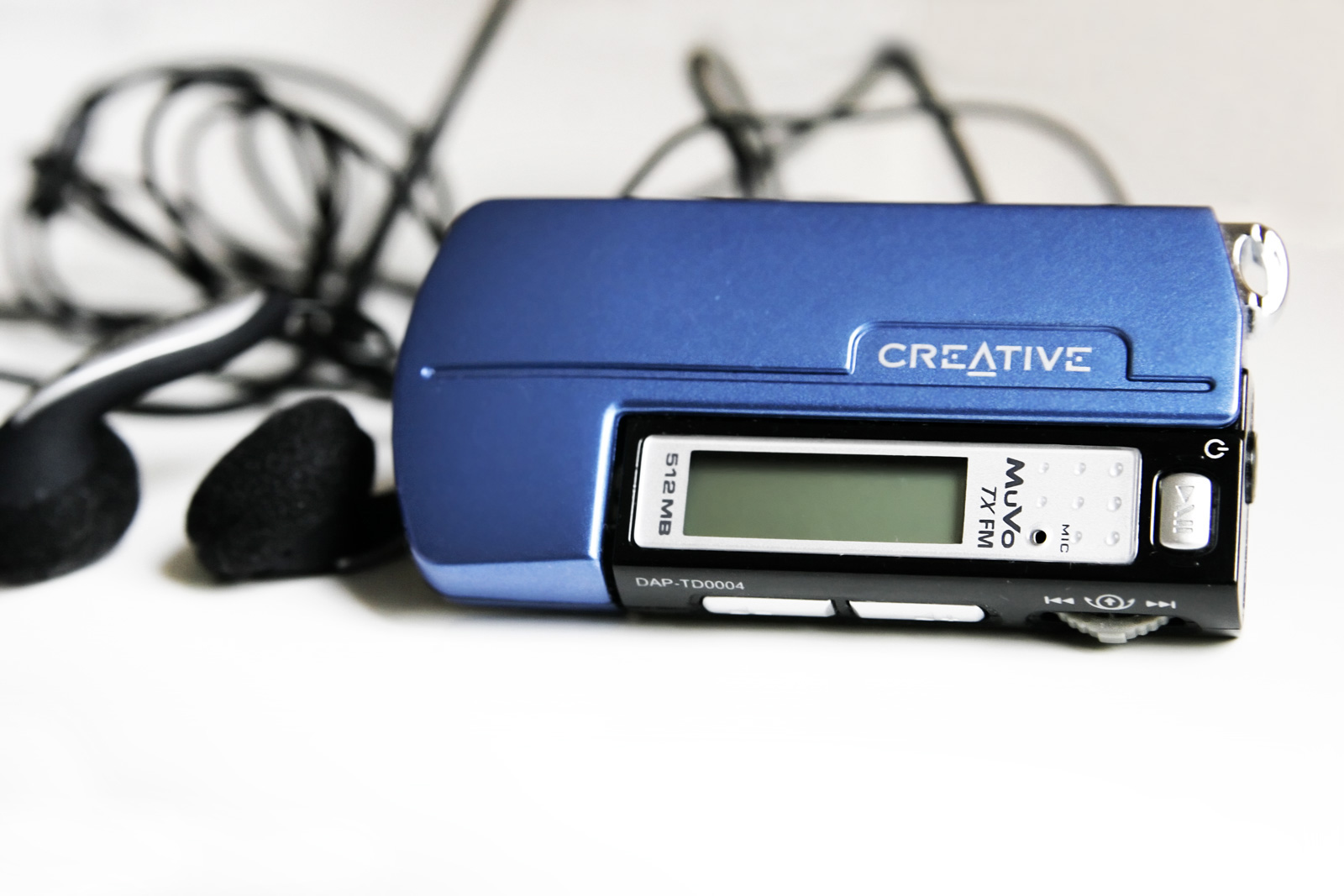|
Alkaline Battery
An alkaline battery (IEC code: L) is a type of primary battery where the electrolyte (most commonly potassium hydroxide) has a pH value above 7. Typically these batteries derive energy from the reaction between zinc metal and manganese dioxide, nickel and cadmium, or nickel and hydrogen. Compared with zinc–carbon batteries of the Leclanché cell or zinc chloride types, alkaline batteries have a higher energy density and longer shelf life, yet provide the same voltage. The alkaline battery gets its name because it has an alkaline electrolyte of potassium hydroxide (KOH) instead of the acidic ammonium chloride (NH4Cl) or zinc chloride (ZnCl2) electrolyte of the zinc–carbon batteries. Other battery systems also use alkaline electrolytes, but they use different active materials for the electrodes. Alkaline batteries account for 80% of manufactured batteries in the US and over 10 billion individual units produced worldwide. In Japan, alkaline batteries account for 46% of a ... [...More Info...] [...Related Items...] OR: [Wikipedia] [Google] [Baidu] |
C Battery
The C battery (C size battery or R14 battery) is a standard size of dry cell battery typically used in medium-drain applications such as toys, flashlights, and musical instruments. As of 2007, C batteries accounted for 4% of alkaline primary battery sales in the United States. In Switzerland as of 2008, C batteries totalled 5.4% of primary battery sales and 3.4% of secondary (rechargeable) battery sales. Properties A C-battery measures length and diameter. The voltage and capacity of a C-size battery depends on the battery chemistry and discharge conditions. The nominal voltage is 1.5V. Alkaline C batteries have a storage capacity up to 8000 mAh while rechargeable NiMH C batteries can hold up to 6000 mAh. Zinc-carbon C batteries usually hold up to 3800 mAh. Compared to the AAA and AA batteries, C-batteries' storage capacities are significantly higher. Standardisation Like the D battery A D battery (D cell or IEC R20) is a standardized size of a dry cell. A D ... [...More Info...] [...Related Items...] OR: [Wikipedia] [Google] [Baidu] |
Shelf Life
Shelf life is the length of time that a commodity may be stored without becoming unfit for use, consumption, or sale. In other words, it might refer to whether a commodity should no longer be on a pantry shelf (unfit for use), or no longer on a supermarket shelf (unfit for sale, but not yet unfit for use). It applies to cosmetics, foods and beverages, medical devices, medicines, explosives, pharmaceutical drugs, chemicals, tyres, batteries, and many other perishable items. In some regions, an advisory ''best before'', mandatory ''use by'' or ''freshness date'' is required on packaged perishable foods. The concept of expiration date is related but legally distinct in some jurisdictions. Background Shelf life is the recommended maximum time for which products or fresh (harvested) produce can be stored, during which the defined quality of a specified proportion of the goods remains acceptable under expected (or specified) conditions of distribution, storage and display. Accord ... [...More Info...] [...Related Items...] OR: [Wikipedia] [Google] [Baidu] |
Union Carbide
Union Carbide Corporation is an American chemical corporation wholly owned subsidiary (since February 6, 2001) by Dow Chemical Company. Union Carbide produces chemicals and polymers that undergo one or more further conversions by customers before reaching consumers. Some are high-volume commodities and others are specialty products meeting the needs of smaller markets. Markets served include paints and coatings, packaging, wire and cable, household products, personal care, pharmaceuticals, automotive, textiles, agriculture, and oil and gas. The company is a former component of the Dow Jones Industrial Average. Founded in 1917 as the Union Carbide and Carbon Corporation, from a merger with National Carbon Company, the company's researchers developed an economical way to make ethylene from natural gas liquids, such as ethane and propane, giving birth to the modern petrochemical industry. The company divested consumer products businesses Eveready and Energizer batteries, Glad bag ... [...More Info...] [...Related Items...] OR: [Wikipedia] [Google] [Baidu] |
Lewis Urry
Lewis Frederick Urry ( – ) was a Canadian chemical engineer and inventor. He invented both the alkaline battery and lithium battery while working for the Eveready Battery company. Life Urry was born January 29, 1927, in Pontypool, Ontario and graduated with a degree in chemical engineering from the University of Toronto in 1950, having previously spent time serving in the Canadian army. He went to work for Eveready Battery a few months after graduating. He was married to Beverley Ann (died 1993) and they had 3 sons and 2 daughters. He died October 19, 2004, and is buried in Butternut Ridge Cemetery, in Eaton Township, Ohio.Christopher Reed The Guardian, 6 Dec 2004, "Lewis Urry" Career In 1955 Urry was dispatched to the company's laboratory in |
Thomas Edison
Thomas Alva Edison (February 11, 1847October 18, 1931) was an American inventor and businessman. He developed many devices in fields such as electric power generation, mass communication, sound recording, and motion pictures. These inventions, which include the phonograph, the motion picture camera, and early versions of the electric light bulb, have had a widespread impact on the modern industrialized world. He was one of the first inventors to apply the principles of organized science and teamwork to the process of invention, working with many researchers and employees. He established the first industrial research laboratory. Edison was raised in the American Midwest. Early in his career he worked as a telegraph operator, which inspired some of his earliest inventions. In 1876, he established his first laboratory facility in Menlo Park, New Jersey, where many of his early inventions were developed. He later established a botanical laboratory in Fort Myers, Flor ... [...More Info...] [...Related Items...] OR: [Wikipedia] [Google] [Baidu] |
Waldemar Jungner
Ernst Waldemar Jungner (19 June 1869 – 30 August 1924) was a Swedish inventor and engineer. In 1898 he invented the nickel-iron electric storage battery (NiFe), the nickel-cadmium battery (NiCd), and the rechargeable alkaline silver-cadmium battery (AgCd). As an inventor, he also fabricated a fire alarm based on different dilutions of metals. He also worked on the electrolytic production of sodium carbonate and patented a rock drilling device. Early life Ernst Waldemar Jungner was born on 19 June 1869 in Västra Götaland County, Sweden. His parents were ministers, and his father died when Waldemar was 13 years old. In 1869, the year he was born, failed harvests caused famine throughout Sweden, which affected Jungner's health. He also contracted measles and scarlet fever. Education Jungner attended Skara upper secondary school, and studied chemistry, mathematics, astronomy, botany, geology and Latin at Uppsala University. He went on to carry out further studies at the R ... [...More Info...] [...Related Items...] OR: [Wikipedia] [Google] [Baidu] |
Thomas Edison's Nickel–iron Batteries
Thomas may refer to: People * List of people with given name Thomas * Thomas (name) * Thomas (surname) * Saint Thomas (other) * Thomas Aquinas (1225–1274) Italian Dominican friar, philosopher, and Doctor of the Church * Thomas the Apostle * Thomas (bishop of the East Angles) (fl. 640s–650s), medieval Bishop of the East Angles * Thomas (Archdeacon of Barnstaple) (fl. 1203), Archdeacon of Barnstaple * Thomas, Count of Perche (1195–1217), Count of Perche * Thomas (bishop of Finland) (1248), first known Bishop of Finland * Thomas, Earl of Mar (1330–1377), 14th-century Earl, Aberdeen, Scotland Geography Places in the United States * Thomas, Illinois * Thomas, Indiana * Thomas, Oklahoma * Thomas, Oregon * Thomas, South Dakota * Thomas, Virginia * Thomas, Washington * Thomas, West Virginia * Thomas County (other) * Thomas Township (other) Elsewhere * Thomas Glacier (Greenland) Arts, entertainment, and media * ''Thomas'' (Burton novel ... [...More Info...] [...Related Items...] OR: [Wikipedia] [Google] [Baidu] |
Radio Receiver
In radio communications, a radio receiver, also known as a receiver, a wireless, or simply a radio, is an electronic device that receives radio waves and converts the information carried by them to a usable form. It is used with an antenna. The antenna intercepts radio waves (electromagnetic waves of radio frequency) and converts them to tiny alternating currents which are applied to the receiver, and the receiver extracts the desired information. The receiver uses electronic filters to separate the desired radio frequency signal from all the other signals picked up by the antenna, an electronic amplifier to increase the power of the signal for further processing, and finally recovers the desired information through demodulation. Radio receivers are essential components of all systems that use radio. The information produced by the receiver may be in the form of sound, video (television), or digital data. A radio receiver may be a separate piece of electronic equipment, or ... [...More Info...] [...Related Items...] OR: [Wikipedia] [Google] [Baidu] |
Flashlight
A flashlight ( US, Canada) or torch ( UK, Australia) is a portable hand-held electric lamp. Formerly, the light source typically was a miniature incandescent light bulb, but these have been displaced by light-emitting diodes (LEDs) since the mid-2000s. A typical flashlight consists of the light source mounted in a reflector, a transparent cover (sometimes combined with a lens) to protect the light source and reflector, a battery, and a switch, all enclosed in a case. The invention of the dry cell and miniature incandescent electric lamps made the first battery-powered flashlights possible around 1899. Today, flashlights use mostly light-emitting diodes and run on disposable or rechargeable batteries. Some are powered by the user turning a crank, shaking the lamp, or squeezing it. Some have solar panels to recharge the battery. Flashlights are used as a light source outdoors, in places without permanently installed lighting, during power outages, or when a portable ligh ... [...More Info...] [...Related Items...] OR: [Wikipedia] [Google] [Baidu] |
Digital Camera
A digital camera is a camera that captures photographs in digital memory. Most cameras produced today are digital, largely replacing those that capture images on photographic film. Digital cameras are now widely incorporated into mobile devices like smartphones with the same or more capabilities and features of dedicated cameras (which are still available). High-end, high-definition dedicated cameras are still commonly used by professionals and those who desire to take higher-quality photographs. Digital and digital movie cameras share an optical system, typically using a lens with a variable diaphragm to focus light onto an image pickup device. The diaphragm and shutter admit a controlled amount of light to the image, just as with film, but the image pickup device is electronic rather than chemical. However, unlike film cameras, digital cameras can display images on a screen immediately after being recorded, and store and delete images from memory. Many digital cameras can ... [...More Info...] [...Related Items...] OR: [Wikipedia] [Google] [Baidu] |
CD Player
A CD player is an electronic device that plays audio compact discs, which are a digital optical disc data storage format. CD players were first sold to consumers in 1982. CDs typically contain recordings of audio material such as music or audiobooks. CD players may be part of home stereo systems, car audio systems, personal computers, or portable CD players such as CD boomboxes. Most CD players produce an output signal via a headphone jack or RCA jacks. To use a CD player in a home stereo system, the user connects an RCA cable from the RCA jacks to a hi-fi (or other amplifier) and loudspeakers for listening to music. To listen to music using a CD player with a headphone output jack, the user plugs headphones or earphones into the headphone jack. Modern units can play audio formats other than the original CD PCM audio coding, such as MP3, AAC and WMA. DJs playing dance music at clubs often use specialized players with an adjustable playback speed to alter the pitch a ... [...More Info...] [...Related Items...] OR: [Wikipedia] [Google] [Baidu] |
MP3 Player
A portable media player (PMP) (also including the related digital audio player (DAP)) is a portable consumer electronics device capable of storing and playing digital media such as audio, images, and video files. The data is typically stored on a compact disc (CD), DVD, Digital Video Disc (DVD), Blu-ray, Blu-ray Disc (BD), flash memory, microdrive, or Hard disk drive, hard drive; most earlier PMPs used physical media, but modern players mostly use flash memory. In contrast, analogue portable audio players play music from non-digital media that use analogue media, such as Compact Cassette, cassette tapes or Gramophone record, vinyl records. Digital audio players (DAP) were often marketed as MP3 players even if they also supported other file formats and media types. The PMP term was introduced later for devices that had additional capabilities such as video playback. Generally speaking, they are portable, employing internal or replaceable Electric battery, batteries, equipped wit ... [...More Info...] [...Related Items...] OR: [Wikipedia] [Google] [Baidu] |









